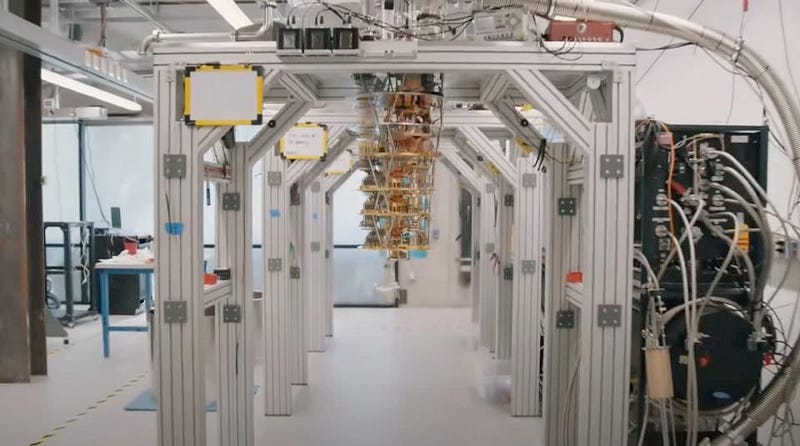The Fascinating Reality of Time Crystals: What Lies Ahead?
Written on
Chapter 1: The Concept of Time Crystals
Imagine a scenario where an individual, who hails from a humble background in Queens and has roots in European immigrant families, claims to have discovered a phenomenon known as a "time crystal." This crystal reportedly can shift its subatomic particles between two states indefinitely without needing any external energy input, potentially even surviving the universe's heat death. What would your reaction be? Would you be able to respond without resorting to harsh language?
Now, what if this person happens to be Frank Wilczek, a Nobel Laureate, and a distinguished physicist associated with prestigious institutions including MIT and Arizona State University? Instead of dismissing his claims, you might find yourself intrigued.

Reputation is significant in the scientific community. Wilczek's name is attached to the Wilczek Quantum Center in Shanghai, highlighting his influence. Initially, when he proposed the existence of time crystals, many physicists were skeptical, thinking he had lost touch with reality. While his first attempt did not yield the expected results, two research teams—one led by Vedika Khemani and the other by her former student Chetan Nayak—successfully implemented his concept using specially designed crystals that avoid thermal equilibrium. Gradually, the idea of time crystals gained acceptance in the physics community.
It's worth noting that this scenario is not unique; renowned physicists have made errors before, which sometimes lead to significant breakthroughs. For instance, Einstein introduced the "cosmological constant" to support a static universe, but Edwin Hubble later used the same data to prove the universe's ongoing expansion, which we now refer to as the "Hubble Constant." The irony lies in the fact that discoveries often emerge from earlier mistakes, much like the military adage: "If you’re going to mess up, at least do it in the right direction!"

Recently, significant news emerged regarding a collaborative effort that successfully created a time crystal, albeit one that functions for only a few milliseconds. This breakthrough serves as a proof of concept, suggesting that time crystals, devoid of artificial components, are indeed real. However, the claim may have been preempted by a team from the Netherlands, which had reported similar findings using carbon atoms within a diamond, while the Google team utilized superconducting aluminum strips.
What are the potential applications of time crystals? They might play a crucial role in advancing quantum computing from theoretical to practical use. This prospect is particularly exciting, as current quantum computers struggle with maintaining stable qubits due to decoherence, which occurs from various environmental interactions, leading to the loss of their unique quantum characteristics.
Decoherence also arises when a qubit is directly observed, resulting in a degradation of its data processing capabilities. If time crystals can stabilize processors, we could witness the realization of quantum computing’s remarkable potential in the coming decades.
However, the most significant implication of time crystals—given that they contradict Newton's Second Law of Thermodynamics—has been articulated by John Chalker, a condensed matter physicist at the University of Oxford:
"The focus has shifted from studying what nature provides, to envisioning exotic forms of matter that quantum mechanics makes possible."
The future may hinge not just on what we currently understand, but on the innovative ideas that our brightest minds can conceive.
Chapter 2: Exploring Time Crystals Further
The first video titled "Are time crystals real?" provides an insightful exploration into the existence and implications of time crystals.
The second video, "Time Crystals: Past, Present, and Future," delves into the historical context, current developments, and future prospects surrounding time crystals.